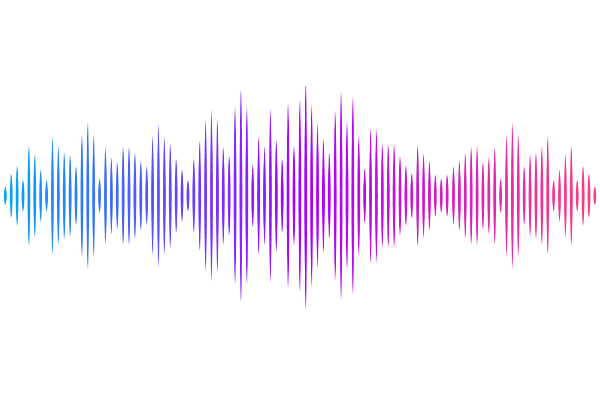Map-level baryonification: unified treatment of weak lensing two-point and higher-order statistics

Map-level baryonification: unified treatment of weak lensing two-point and higher-order statistics
Alan Junzhe Zhou, Marco Gatti, Dhayaa Anbajagane, Scott Dodelson, Matthieu Schaller, Joop Schaye
AbstractPrecision cosmology benefits from extracting maximal information from cosmic structures, motivating the use of higher-order statistics (HOS) at small spatial scales. However, predicting how baryonic processes modify matter statistics at these scales has been challenging. The baryonic correction model (BCM) addresses this by modifying dark-matter-only simulations to mimic baryonic effects, providing a flexible, simulation-based framework for predicting both two-point and HOS. We show that a 3-parameter version of the BCM can jointly fit weak lensing maps' two-point statistics, wavelet phase harmonics coefficients, scattering coefficients, and the third and fourth moments to within 2% accuracy across all scales $\ell < 2000$ and tomographic bins for a DES-Y3-like redshift distribution ($z \lesssim 2$), using the FLAMINGO simulations. These results demonstrate the viability of BCM-assisted, simulation-based weak lensing inference of two-point and HOS, paving the way for robust cosmological constraints that fully exploit non-Gaussian information on small spatial scales.